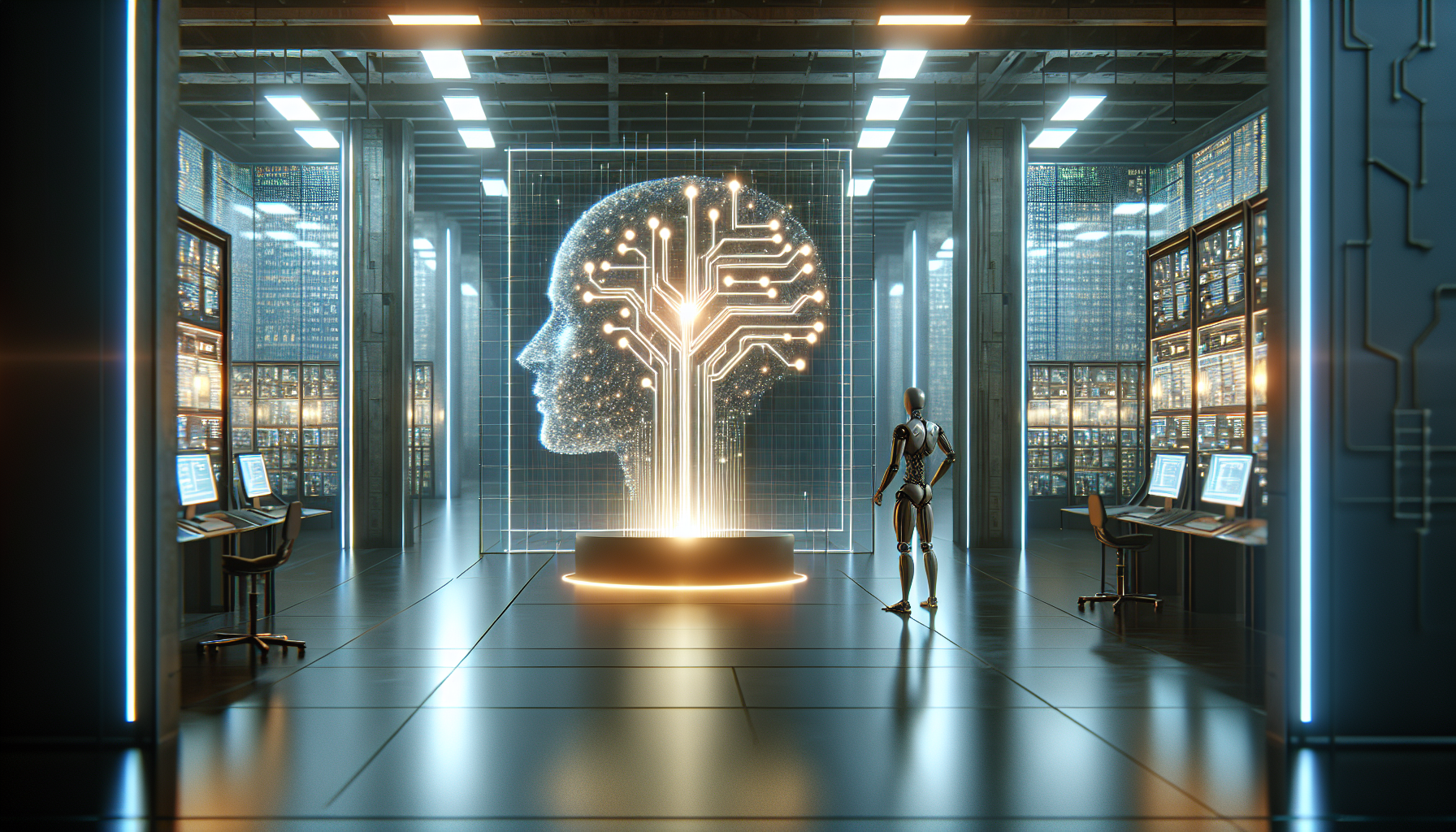
Algorithms and Data Structures: AI's Love Story with a Twist
May 7, 2025
Once upon a time in a world not so far away, algorithms and data structures were quietly minding their own business, blissfully unaware of the romantic comedy they were about to star in. Enter Artificial Intelligence, the matchmaker with a penchant for drama and a dash of chaos. Today, we'll explore this delightful case study of how AI swept algorithms and data structures off their feet, creating a love story that's reshaping everything from your smartphone's autocorrect to your favorite streaming service's uncanny ability to recommend that perfect movie for your Saturday night in.
Picture this: Algorithms, the nerdy yet undeniably charming characters of our story, were always known for their problem-solving prowess. They could sort lists, find shortest paths, and even predict the weather—before it became cool. Meanwhile, data structures, the unsung heroes of information organization, were busy providing algorithms with the ideal conditions to shine: whether as a stack, queue, tree, or graph, they were the stage upon which algorithms performed their magic.
Then along came AI, the charismatic protagonist, with dreams of grandeur and ambitions of understanding the world—or at least pretending to. AI realized that to achieve its lofty goals, it needed a dynamic duo. Algorithms and data structures, with their complementary skills and undeniable chemistry, were the perfect couple to make AI's dreams a reality.
But let's not get ahead of ourselves. Before AI could become the superstar it is today, it had to learn the ropes, starting with the basics: supervised learning, unsupervised learning, and reinforcement learning. Each of these learning styles demanded a unique approach to the algorithm-data structure relationship.
For supervised learning, algorithms like decision trees and neural networks took center stage, supported by data structures that ensured efficient data retrieval and storage. It was like a perfectly choreographed dance, with algorithms making sense of labeled data as data structures held everything together. Supervised learning was the meet-cute of the AI saga, with algorithms and data structures forming a bond over their shared love of labeled datasets.
Unsupervised learning, on the other hand, was the quirky indie film of the AI world. Without the guiding hand of labeled data, algorithms and data structures had to improvise, finding patterns and clusters where none seemed apparent. It was here that algorithms like k-means clustering and principal component analysis shone, with data structures providing the flexibility needed to adapt to the ever-changing data landscape. This was the romantic comedy's classic "opposites attract" moment, where algorithms and data structures discovered their complementary strengths in the most unexpected of circumstances.
Then came reinforcement learning, the action-packed blockbuster of our story. Here, algorithms were like adrenaline junkies, constantly learning from their mistakes and optimistically chasing the next big reward. Data structures were the sidekicks, providing the stable foundation from which algorithms could leap into the unknown, like a trusty sidecar to an algorithm's zippy motorbike.
Of course, no love story is complete without a few plot twists. Just when algorithms and data structures thought they had everything figured out, along came big data, the unexpected guest at the wedding, turning their cozy relationship into a big-budget production. Suddenly, algorithms had to process mountains of data in real-time, while data structures had to scale up to accommodate this new reality. It was a test of their relationship, but one that ultimately strengthened their bond, as they found innovative ways to handle the deluge of information.
And let's not forget the subplot featuring quantum computing, the enigmatic newcomer that promises to turn the entire narrative on its head. With its ability to process information at speeds previously thought impossible, quantum computing presents both a challenge and an opportunity for our beloved algorithms and data structures. Whether they will rise to the occasion or be swept away by this new wave of technology remains to be seen.
As our tale draws to a close, we must ponder the future of this dynamic trio. Will AI continue to rely on algorithms and data structures as its trusty sidekicks, or will new characters emerge to steal the spotlight? Perhaps the real question is: in a world where AI's potential is seemingly limitless, how will algorithms and data structures continue to evolve, adapt, and surprise us with their ingenuity?
Therein lies the beauty of this love story with a twist. Though AI may be the star, it's the algorithms and data structures, with their enduring chemistry and ability to adapt, that keep us on the edge of our seats, eagerly anticipating the next chapter in this unfolding saga.


